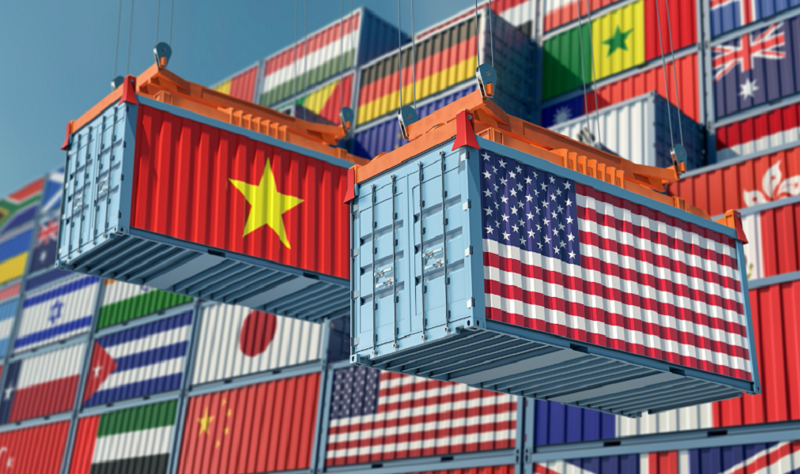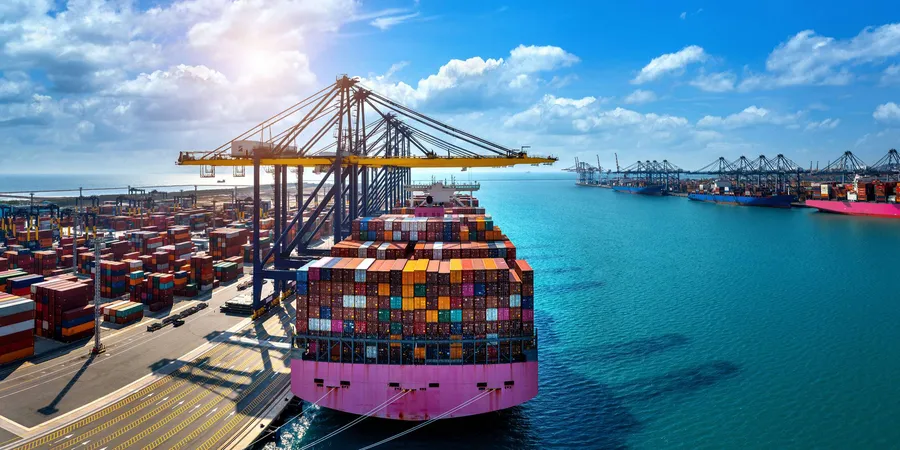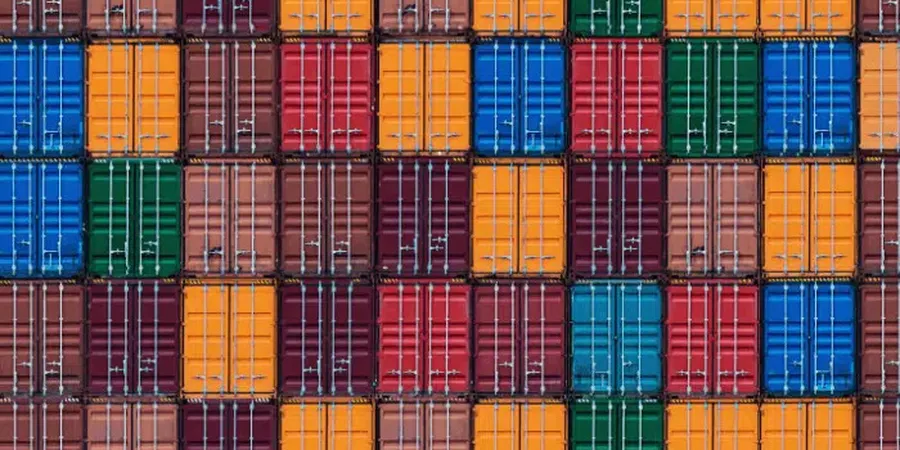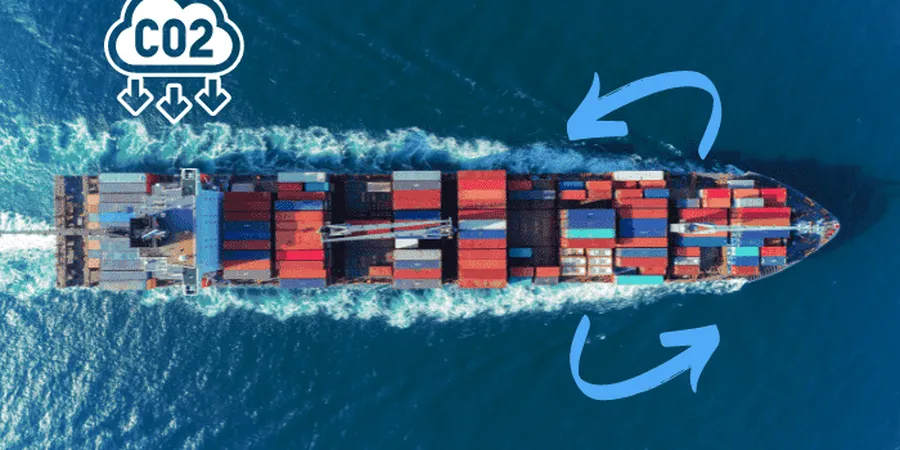U.S. - VIETNAM PHONE CALL ON RECIPROCAL TAX FRAMEWORK: A POSITIVE SIGNAL FOR BILATERAL TRADE
On the evening of July 2, 2025, General Secretary Tô Lâm and U.S. President Donald Trump held an important phone conversation, marking a new step forward in economic and trade relations between the two countries. Among the most closely watched topics by the public and business community was the agreement on reciprocal taxation — a "hot" issue amid the U.S.'s aggressive imposition of trade tariffs on goods from several Asian countries, including Vietnam.
Joint Statement on the Reciprocal Tax Framework
President Trump announced that the U.S. would significantly reduce reciprocal tariffs on Vietnamese goods, from the initially proposed 46% to about 20% for regular goods. For products suspected of “transshipment” — meaning goods labeled as Vietnamese but using components primarily from third countries such as China or Thailand — a higher tariff of around 40% would apply.
In return, Vietnam pledged to open up its market further to U.S. goods, especially agricultural products, large-displacement automobiles, electric vehicles, and high-tech equipment. This move aims to balance the bilateral trade deficit, as Vietnam currently enjoys a large trade surplus with the U.S.
Specific tariff rates by sector are expected to be announced in the coming weeks, along with the implementation roadmap and accompanying conditions.
Key Points to Note
While the joint statement raises hope, experts warn that caution is needed regarding the “transshipment” criteria. This is a critical factor that could subject many of Vietnam’s export sectors to higher tariffs if they fail to meet localization requirements. Industries heavily reliant on imported materials — such as textiles, electronics, and footwear — must strengthen domestic production capacity and develop supporting industries to avoid unfavorable tariff impacts.
Final Result Timeline
-
Not yet a legally binding document: The agreement currently exists only as a principle-level framework and social media statement (posted on Truth Social); many important details await official conclusions from the U.S. Department of Commerce and Department of the Treasury.
-
Timeline ahead: The detailed agreement is expected to be finalized and published within the next few weeks. If no comprehensive deal is reached, the U.S. plans to reimpose tariffs starting July 9, 2025.





